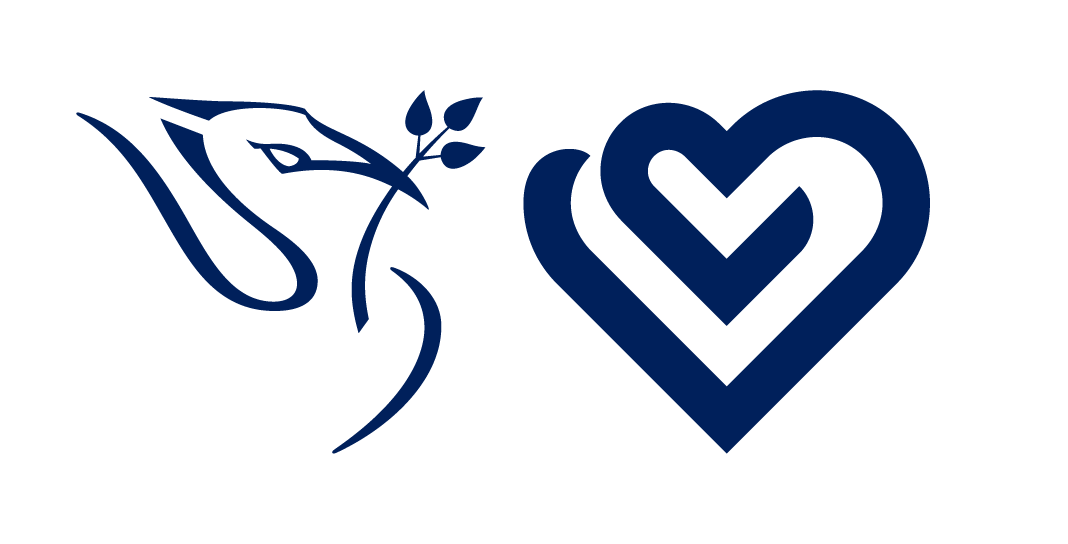Researching with students: co-produced slavery research in LJMU History
DOI:
https://doi.org/10.24377/studentexp1403Abstract
Long-overdue research projects into institutional links to slavery have highlighted the complex ways that both money and knowledge gained from the transatlantic slave trade became woven into British universities. Nowhere is this more urgent than in Liverpool, the European epicentre of the transatlantic slave trade. Whilst the origins of Liverpool John Moores university go back to 1823, LJMU was only granted university status in 1992, thus avoiding the scrutiny that other local institutions have faced.
In 2019 I started the process of researching this difficult history alongside my MA students. This research has identified evidence and a need for further research into 1. the extent that money that originated through slavery was embedded in LJMU during its inception, especially through the role of John Gladstone; 2. the teaching of racial science, and 3. through links to the Confederacy in the US Civil War, and post-Civil War era. Engaging students in such vital research, however, comes with its own set of pedagogical and ethical challenges. This paper will explore the experience of developing a module of this nature, the experience of teaching and researching alongside students, and the findings made.
This fits into the 'Research and Knowledge Exchange: curiosity, creativity and impact' strand of LJMUs new strategy through its example of teaching led by research and student-led research.
Researching with students: co-produced slavery research in LJMU History, PowerPoint, please note you can only view this if you are a LJMU member of staff or LJMU student.
Downloads
Published
Issue
Section
License
Copyright (c) 2023 Andrea Livesey

This work is licensed under a Creative Commons Attribution-NonCommercial-NoDerivatives 4.0 International License.
Authors retain copyright and grant the publication right of first publication with the work simultaneously licensed under a Creative Commons Attribution License that allows others to share the work with an acknowledgement of the work's authorship and initial publication in this publication.


